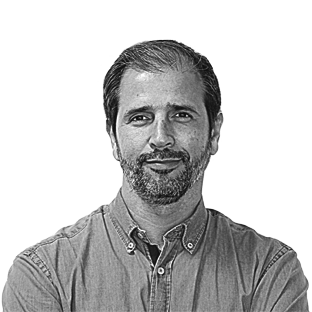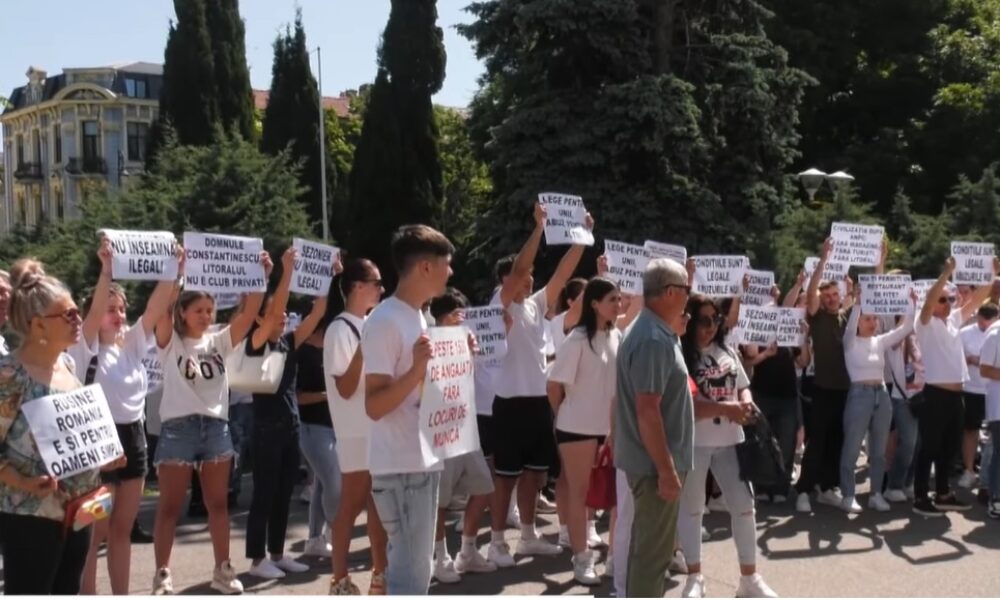The history of the dictatorship told in 101 objects

Salazar’s model bust, the commandments of the regime, the sphinxes of power, the statue of women grateful to Salazar, the registration of PIDE, the process of the sin, the book of António Ferro, the list of seara nova subscribers, the drawings of the communist prisoner, the censorship pencil, the commemorative medal of the Salazar Bridge, the Portuguese Youth Uniform Tarrafal, PIDE’s keychain, Maria Lamas’s book… Objects tell stories and allow us to understand the way you live at a given time. It was exactly for this purpose that journalist Fernanda Cachão brought together 101 Estado Novo objects in a book. « The biggest challenge was not being sectarian and not turning the book into a cute thing, » says the author at the sunrise. «For now, I didn’t want to make any mistakes in what I counted. Then, thinking that it would be contributing to the idea that a dictatorship is not good. This is a lesson for the future.
The demand for the past
It took five years, but did it. Last week, he presented to the world the Estado Novo in 101 objects. The invitation came from the editor José Prata, inspired by the book by Roger Moorhouse, the third Reich in 100 objects. «Its characteristics do not have much to compare with the Estado Novo. The nature of the regime, the horrors that the Third Reich represents, the military characteristic… The objects I can somehow find in the founding of the regime are necessarily different from those that appear in 70. I had to worry about translating it. The longevity of the regime, ”he explains.
Then, « as it was a machine very supported by civil service, a large and very long bureaucratic machine that lasted a long time, » there was a lot of paper, notes the author. “Everyone has seen the chips of political prisoners, the government diary, licenses to do this and that, censored newspapers… it’s all paper. When I realized it, for a while, I was thinking, ‘So I will have objects that are a lot of papers?’ But then I realized, ‘No… a role is an object. A license license of lighter is an object in itself that translates to what extent the regime controlled the lives of people and the nature of economic activity in Portugal at this time, ”he continues.
Fernanda Cachão is considered a « old soul », although he is not « old ». «I was born in 70. My memories are all in democracy, but I have a proximity to what the Estado Novo was, in the sense that my grandparents, my parents, lived the lives all in this regime. Their lives were conditioned. Since poverty is not a total fault of Salazar -when he came to power, the country was already quite poor -the regime, by its nature, inhibited and controlled any kind of economic activity. It had a moralistic notion of what could be private initiative… conditioned the development of the country, not only economic, but of the people themselves. He controlled people’s education, ”he laments. « If the country was completely illiterate in 1920/23, what is certain is that the construction of the schools and the teachers who teached taught what the Estado Novo wanted, » he adds.
The process and memory
To write the book initially, it was concerned with reading a lot. Also, when signed a contract, there was in full Pandemic from Covid-19, and many places where they needed to go closed. «There are things that are absolutely unavoidable: I already knew the existence of Salazar’s lessons; From the book of Maria Lamas, from the censorship pencil… Then, over the five years, I had several lists, ”he said. There were objects that remained, but others left the lists. «Because when I started, I thought I didn’t want to have objects from the colonies; That I didn’t want to have personal effects of the regime figures, because it didn’t seem right to me. I wanted objects that told what dictatorship was and it didn’t seem to me that objects of people would help that purpose. With the exception of the hat which, when it appeared to me, was not any hat. It was bought for the Portuguese world exhibition. It turned out to be important because it helps to say that much of the public figure that was Salazar was built for propagandists, ”he says.
In the last month still exchanged objects. “The country is small and the elite of the time was made up of few people who crossed the entire Estado Novo period. There were stories that eventually repeated the same people and the same facts. I found it redundant, ”he continues. He resorted, for example, to the Torre do Tombo and the Foundation of Communications, where is the CTT estate, which « was a revelation. » «It was curious to realize that, by the nature of the function, the service they provide, also participated in the repression. I have also been to many carriers, many olds, private collections, a lot of internet… People today share a lot on social networks. We find very interesting things, ”he details.
Through these objects, « we understand well what was everyday during the dictatorship, » he comments. «I make several allusions to the heavy machine of the state. One of the problems you could have during the dictatorship could not necessarily be linked to politics. Therefore, it reinforces, « we must preserve and study these objects. » «This is all about memory. It is very important to know the past. The past still has stories to teach! In the present time we are walking to something very complicated. I am not even talking about the far right we already have in various places in Europe, I speak of the US, which have a hegemonic power, which have always been the lighthouse. Now they are banning books, imposing rules on universities, controlling the money they give to private institutions, things the Estado Novo has done, ”he says.







